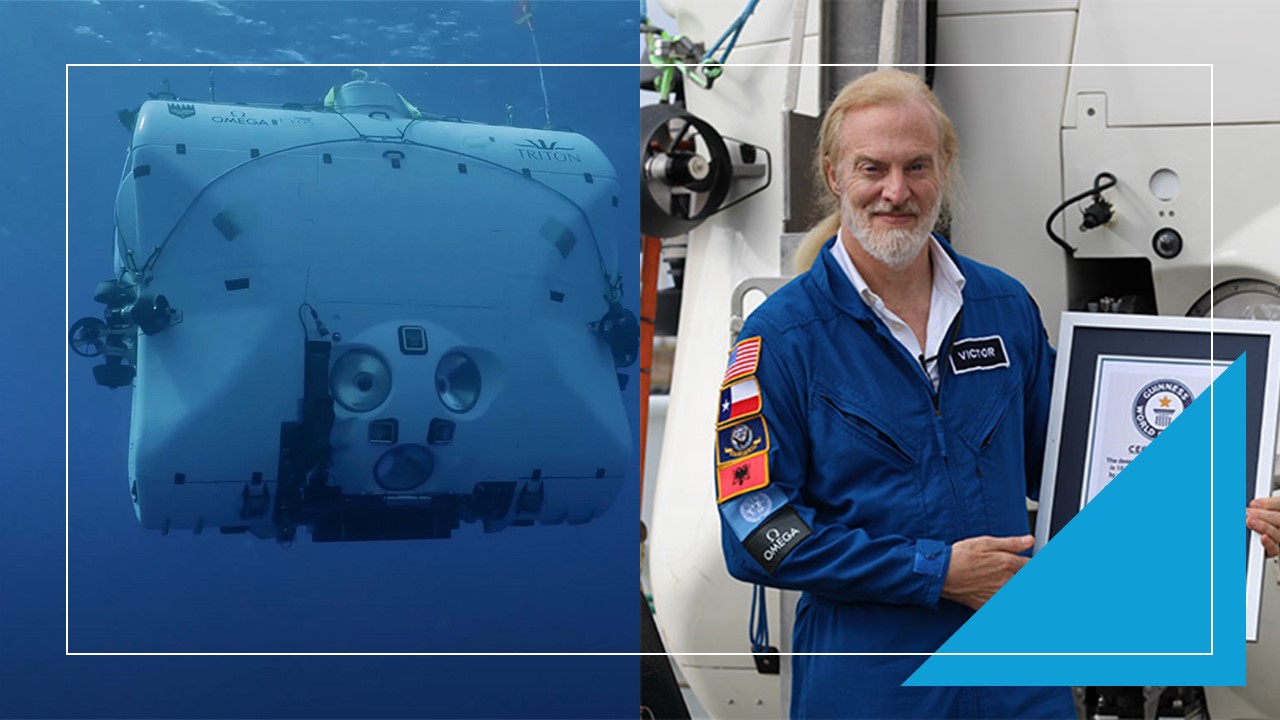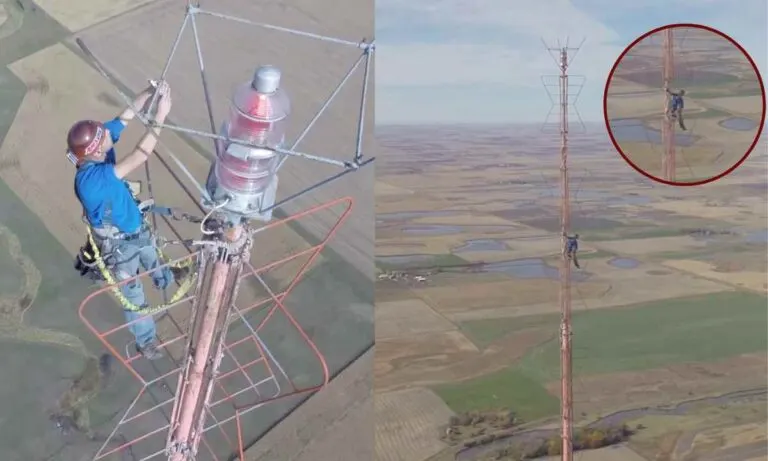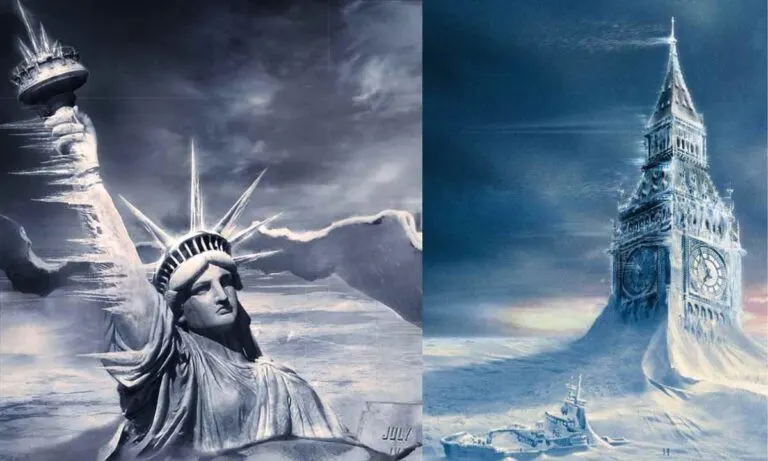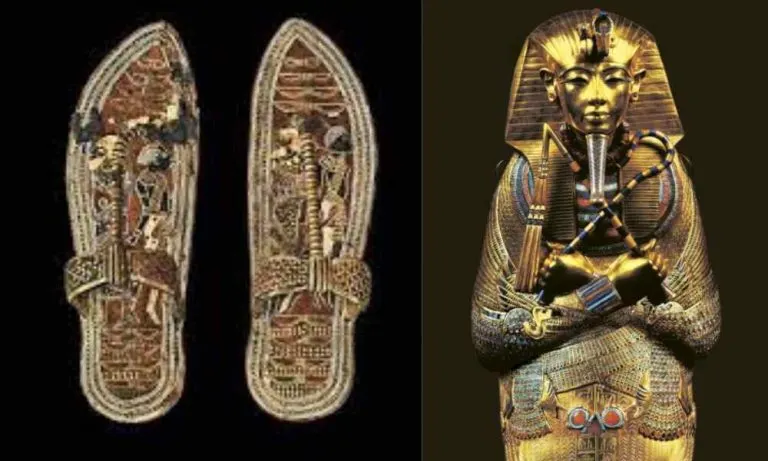Deepest Dive By A Crewed Vessel to the Mariana Trench | Victor Vescovo’s Million Dollar Mission!
In April 2019, Victor Vescovo, a renowned American explorer dived into the deep Mariana Trench. Victor’s historic dive broke all previous records of oceanic exploration. This dive is the deepest dive by a crewed vessel. This remarkable dive was part of the Five Deeps Expedition. It is a special mission that aims to reach the deepest point in each of the world’s five oceans. Victor Vescovo’s vessel known as the DSV Limiting Factor is a specialized submersible designed to withstand the immense pressures of the deep sea.
This mission really put to test the limits of human and technological capabilities. It also reflects our ongoing fascination which is yet unexplored. Let’s dive in to see from a closer look at the historic dive of Vescovo.
Triggering Deep-Sea Curiosity: The Lure of the Abyss
Victor Vescovo had a lifelong attraction to the mystery of depth. This led him to explore the Mariana Trench. It is also the deepest crack in the Earth’s crust. Moved by personal ambition, perhaps, as much as scientific curiosity, he prepared for his dive.
Vescovo undertook the deepest dive on April 28, 2019, at a depth of 10,927 meters. This dive broke the previous world record set by oceanographer named Don Walsh and Jacques Piccard who first explored the Challenger Deep in 1960. Vescovo’s accomplishment was officially recognized by the Guinness World Records as the deepest dive by a crewed vessel. As a matter of fact, the Limiting Factor carried out more missions beyond this record-setting.

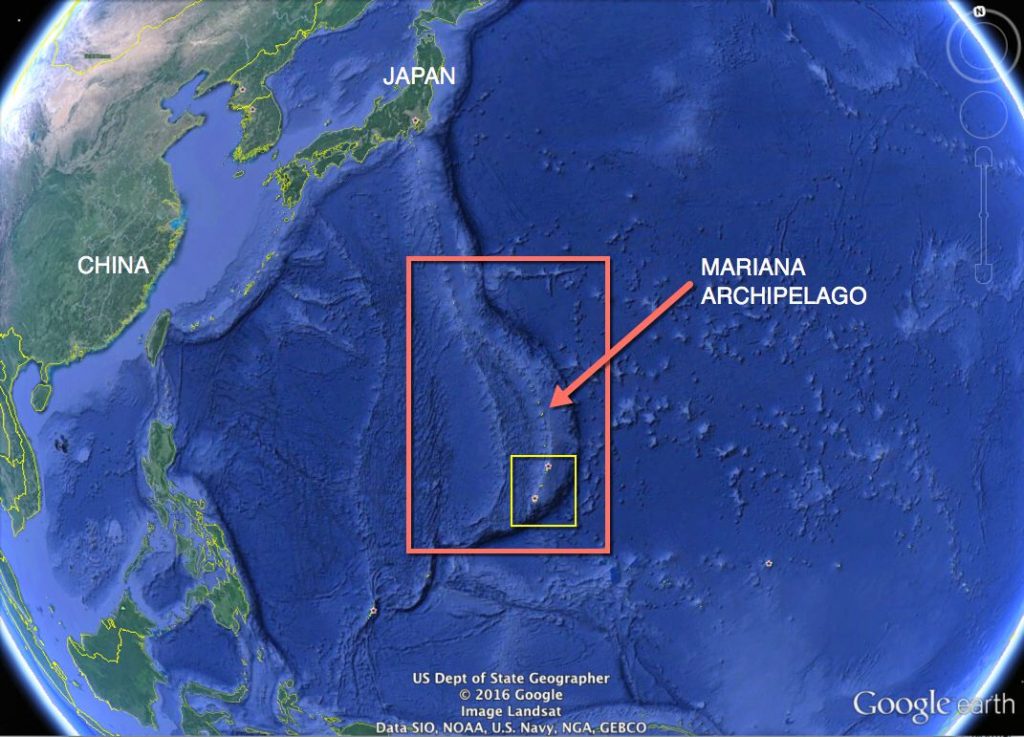
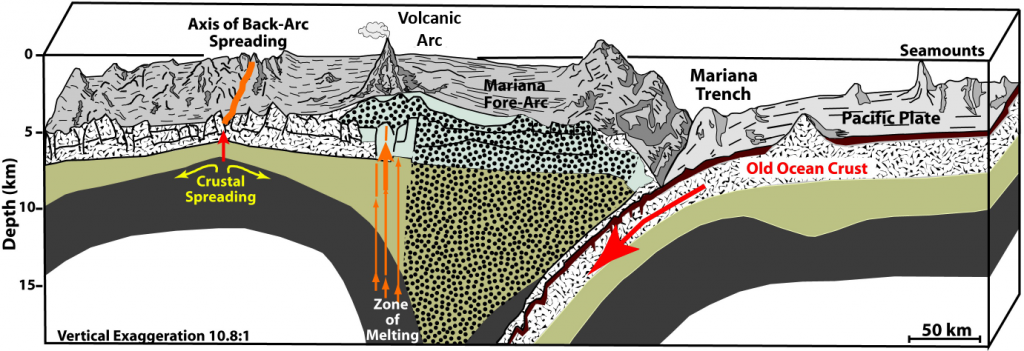
The mission also focused on optimizing safety and scientific return. Scientists tested every component of the submersible DSV limiting factor to exhaustion to bear unimaginable pressures at these great depths. The moment the dive began, the team became really excited, knowing each moment passing was historical. This journey included the deepest dive by a crewed vessel.
Engineering the Deep: The DSV Limiting Factor
The DSV Limiting Factor was the heart of Vescovo’s mission-a certain marvel of engineering sorcery. Specifically designed, this vessel navigates deep-sea zones with state-of-the-art navigation. It included survival technologies and this included the use of reinforced materials able to withstand extreme subsea pressure. It also included a collection of scientific instruments intended for data gathering and real-time analysis.
The Limiting Factor, built by Triton Submarines, measured 4.6 meters in length and could carry a crew of two. It can dive repeatedly to full ocean depth. A technology wonder, this titanium-walled submersible has cutting-edge tools for scientific monitoring that make it an indispensable player in deep-sea exploration. It withstood 16,000 PSI of pressure and has the capability to launch it many times over without the need for extensive renovation, unlike the earlier models.
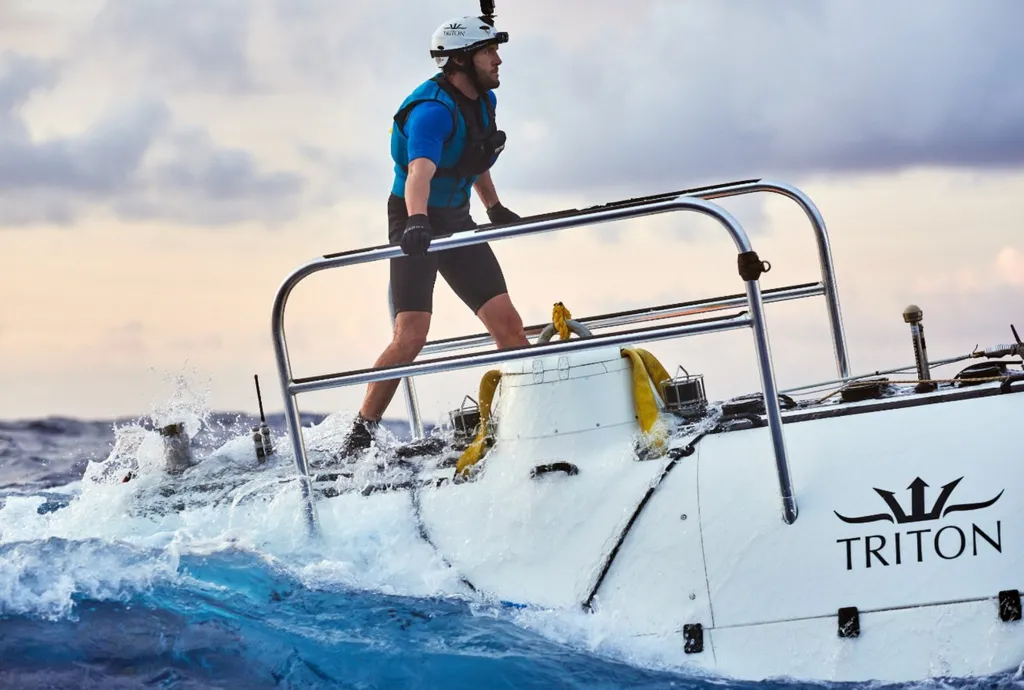
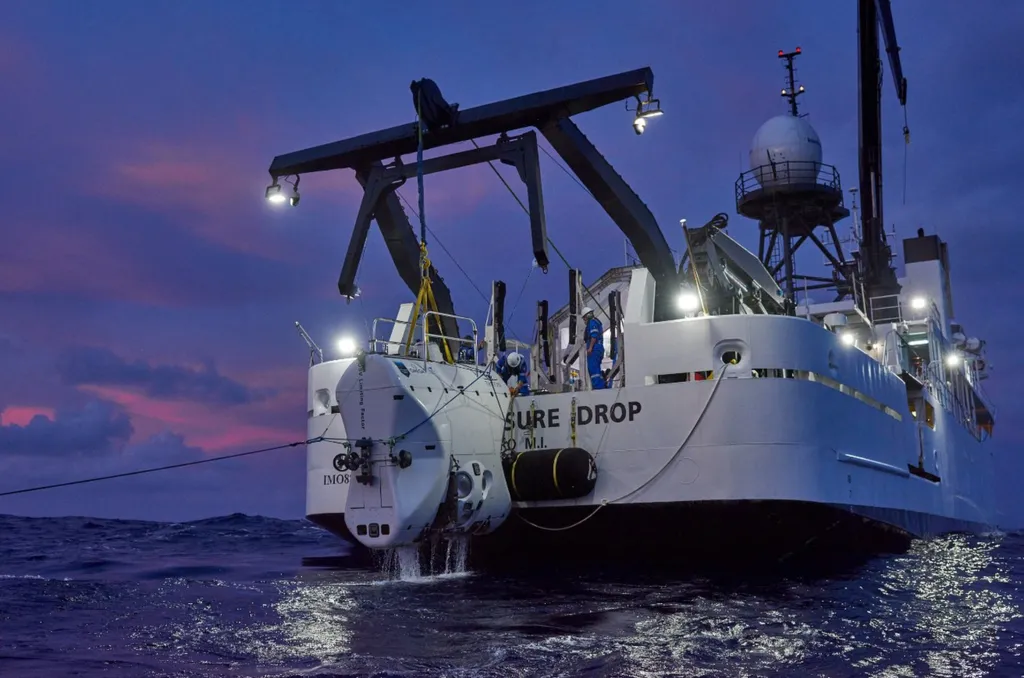
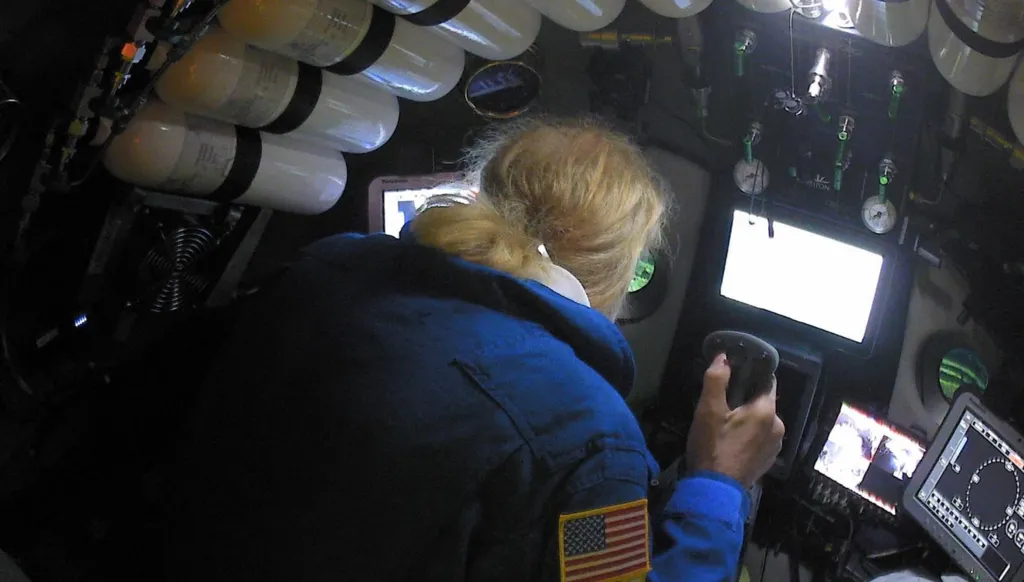
The engineering team that put this together marveled, focusing on robustness and reliability such that Vescovo could attain these extreme depths but also return safely to the surface. This achievement marked the deepest dive by a crewed vessel.
Unveiling the Abyss: Insights from the Ocean’s Depths
As Victor Vescovo began his dive into the abyss, his mission turned into one of discovery. The mysterious Mariana Trench had life forms. The Mariana Trench also had geological structures with which no one was yet familiar, alien to say the least. The observations made by him along with samples he retrieved provided unparalleled insights into this dark frontier.
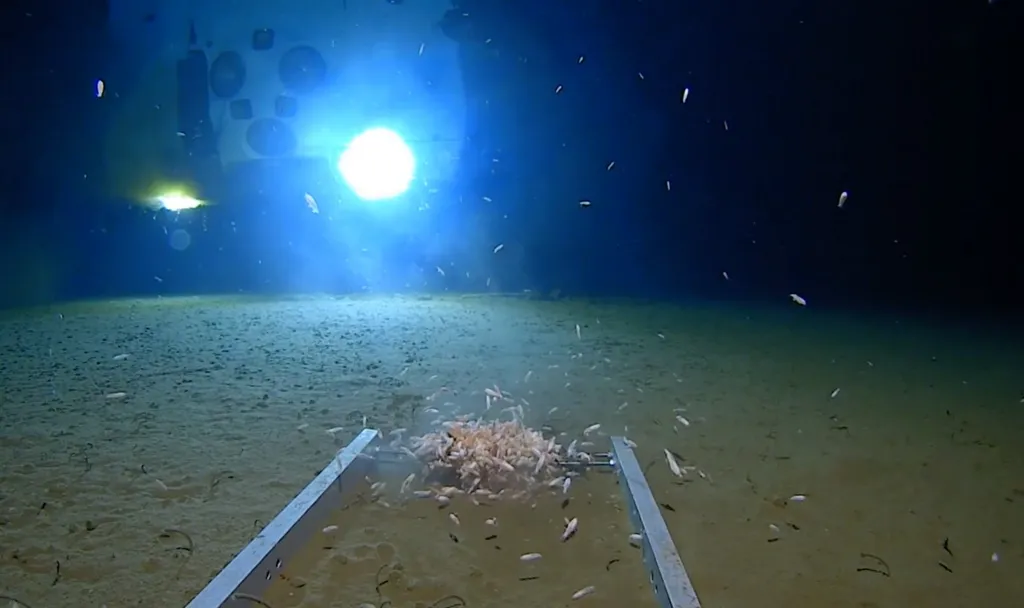

Vescovo’s investigation unearthed two things of this ocean world’s realm. It is not only beautiful but dangerous as well. Among other things, he discovered human waste. He found a packet of plastics and even sweet wrappers. This reveals that even remote places on the Earth have their share of pollution. At this point it is also important to note that Vescovo also met with species not documented before hence demonstrating our ignorance concerning marine environment.
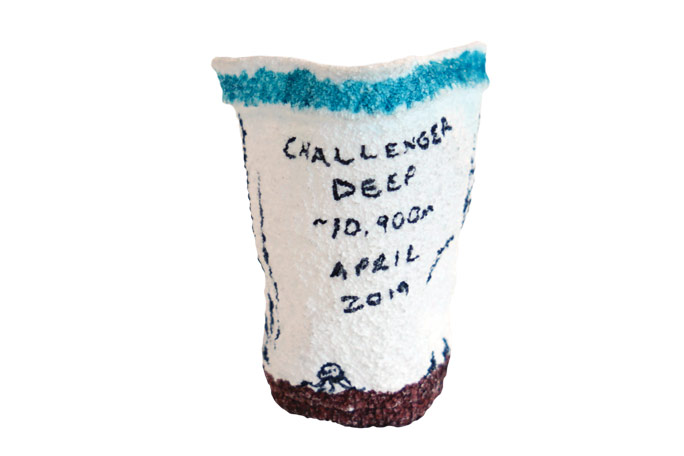
These findings from the deepest dive by a crewed vessel had enormous implications regarding our understanding of the adaptability of life and geological processes shaping our planet. Importantly, it provides data which may form the basis of knowledge on other extreme environments that might be relevant even to other planets someday.
Conservation and the Future: Protecting Our Oceanic Heritage
Vescovo’s dive had far greater implications than just the records and data collected. This mission highlighted the fragility of deep-sea ecosystems, which remain largely untouched by humans. Yet, they face increasing risks daily from environmental changes and exploration activities. The team took crisp images and first-person account of the environment inside the trench. The expedition raised awareness of those very remote habitats.
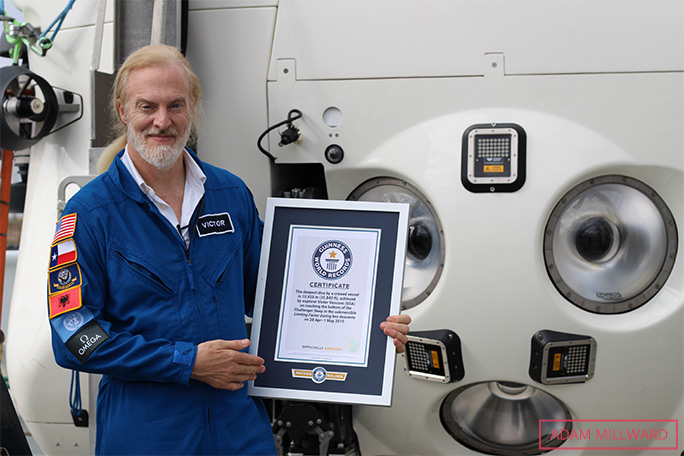
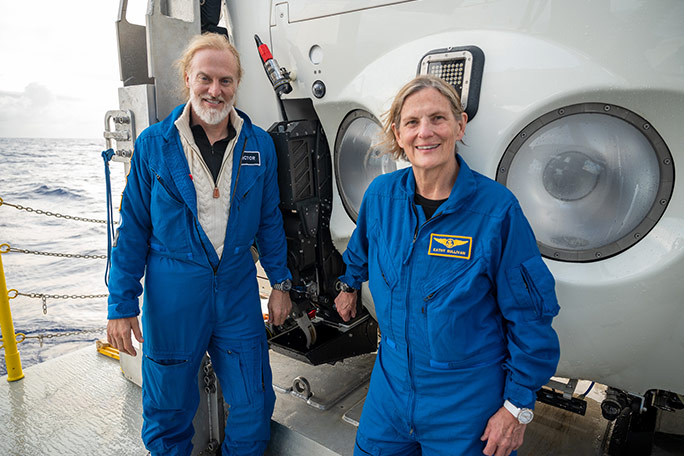
Conclusion
Victor Vescovo’s dive into the Challenger Deep proved that it is one of the monumental feats that have ever taken place in the history of human exploration. This enormous success set a new benchmark for future explorations, showing what we can achieve when courage, innovation, and persistence combine. Vescovo’s feat remind us that still there are more awesome sights waiting in unexplored corners of our own world. His achievement of the deepest dive by a crewed vessel marks a turning point in our exploratory endeavors.
Also read,

